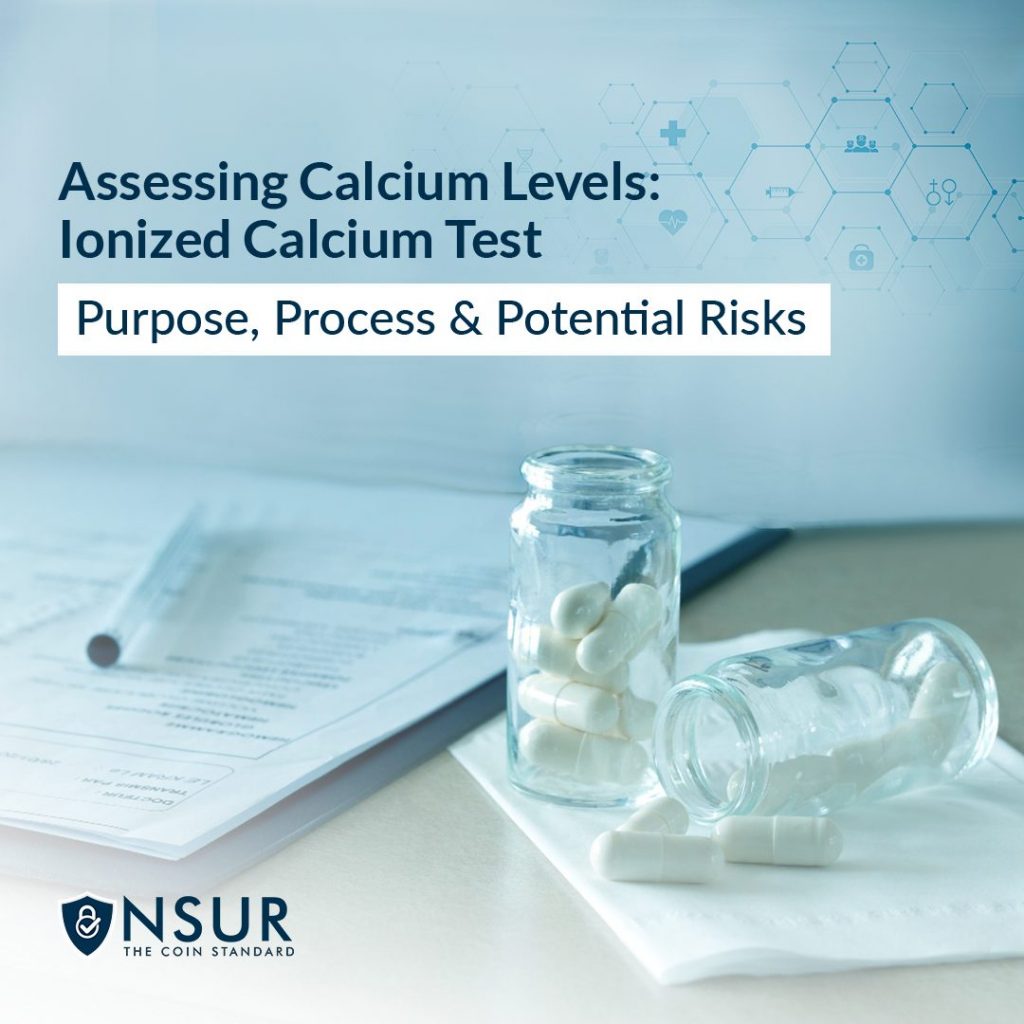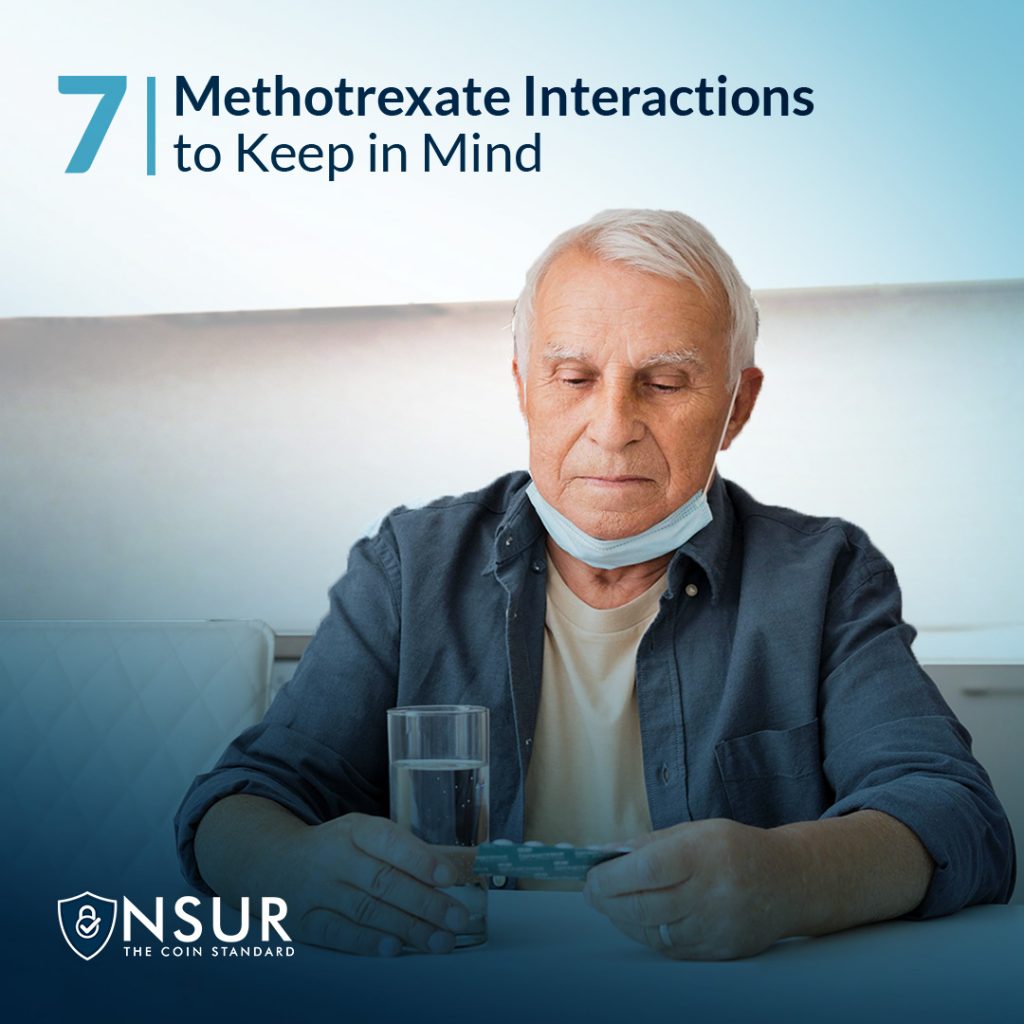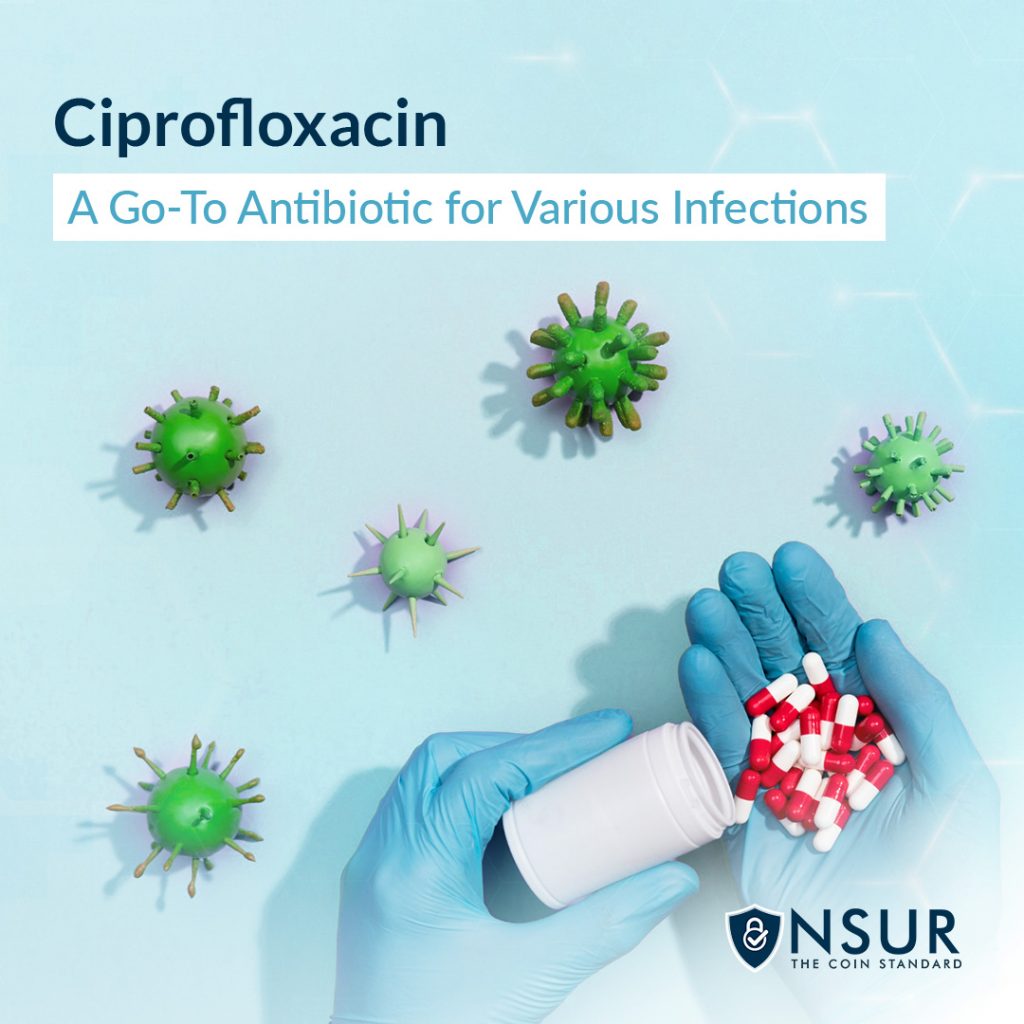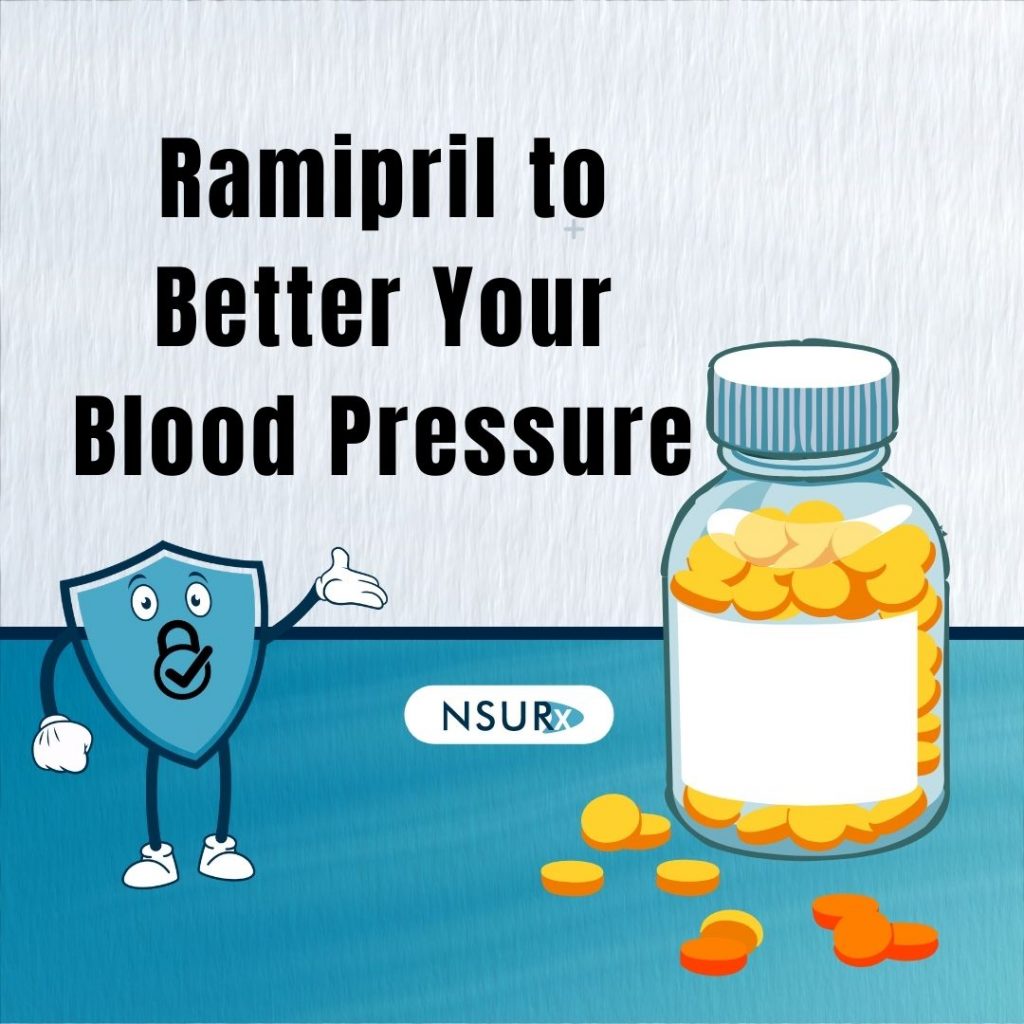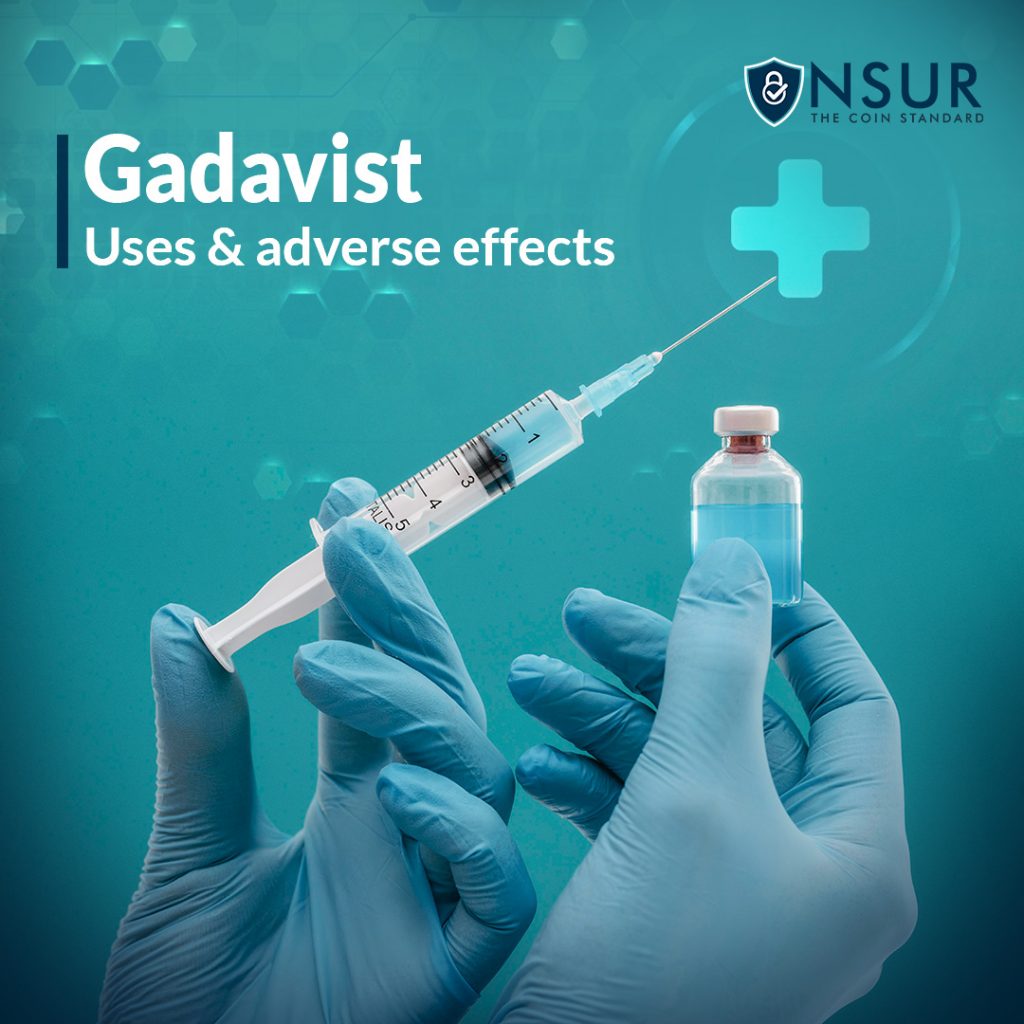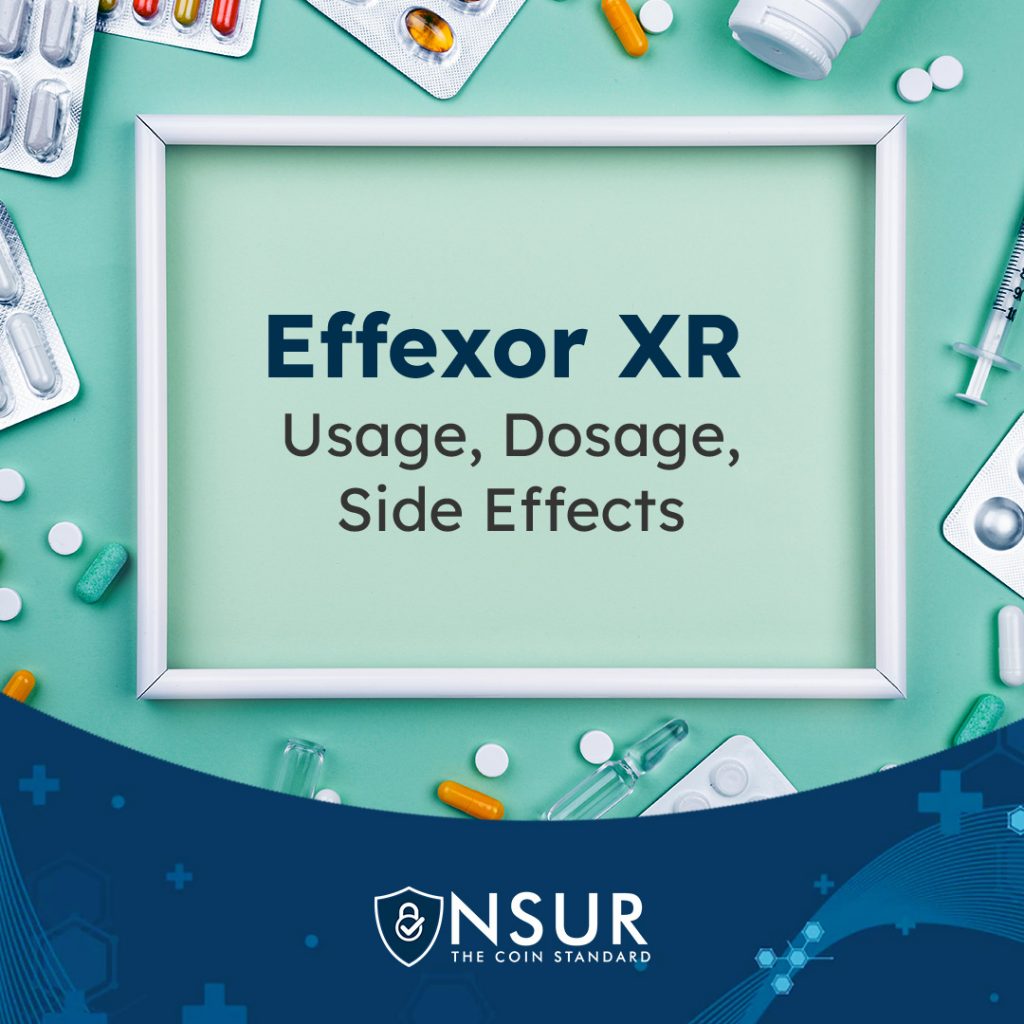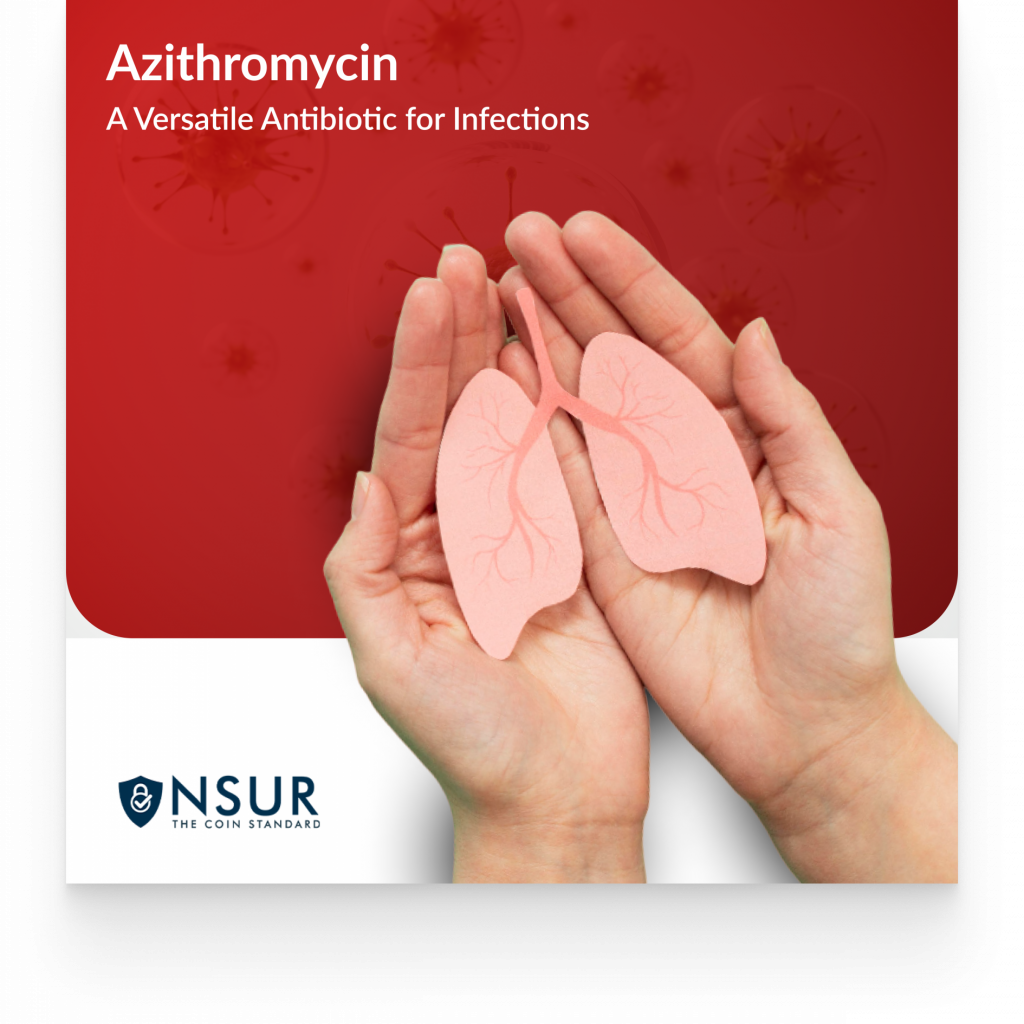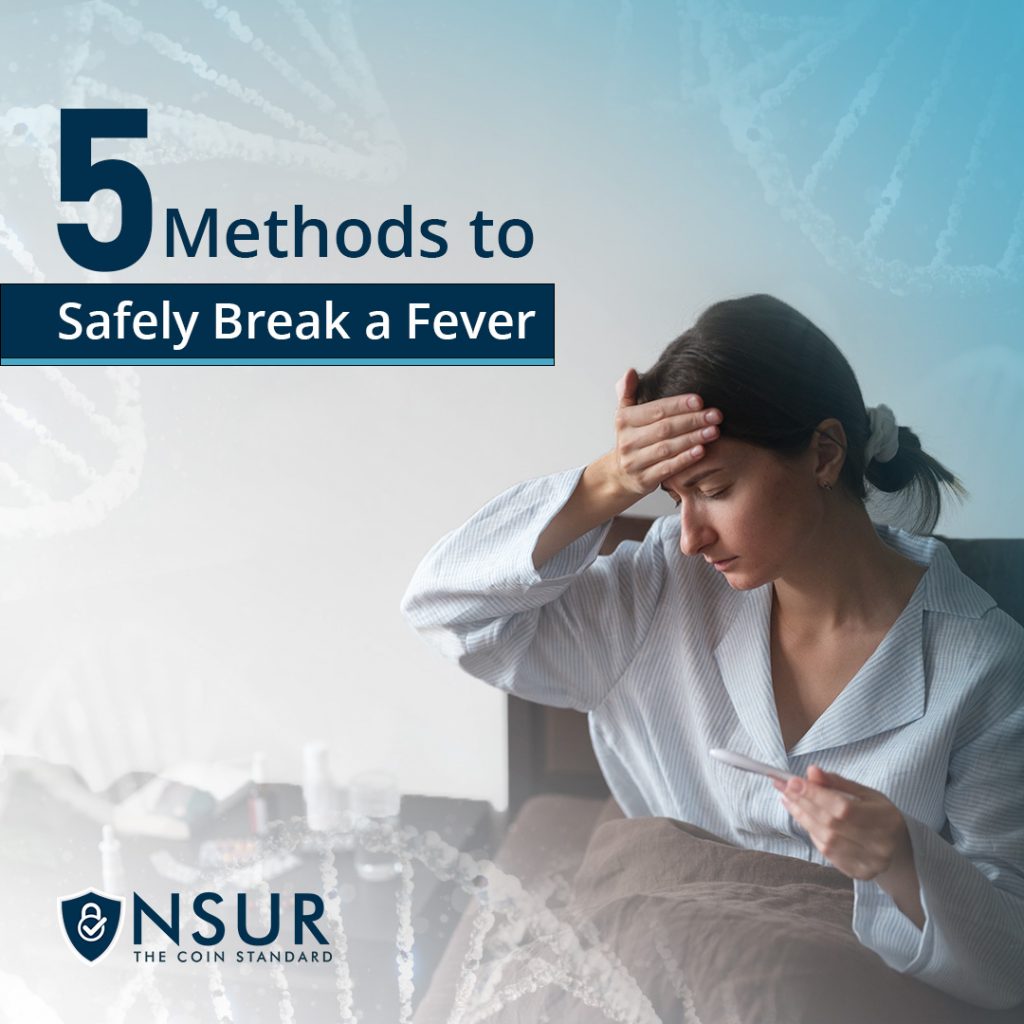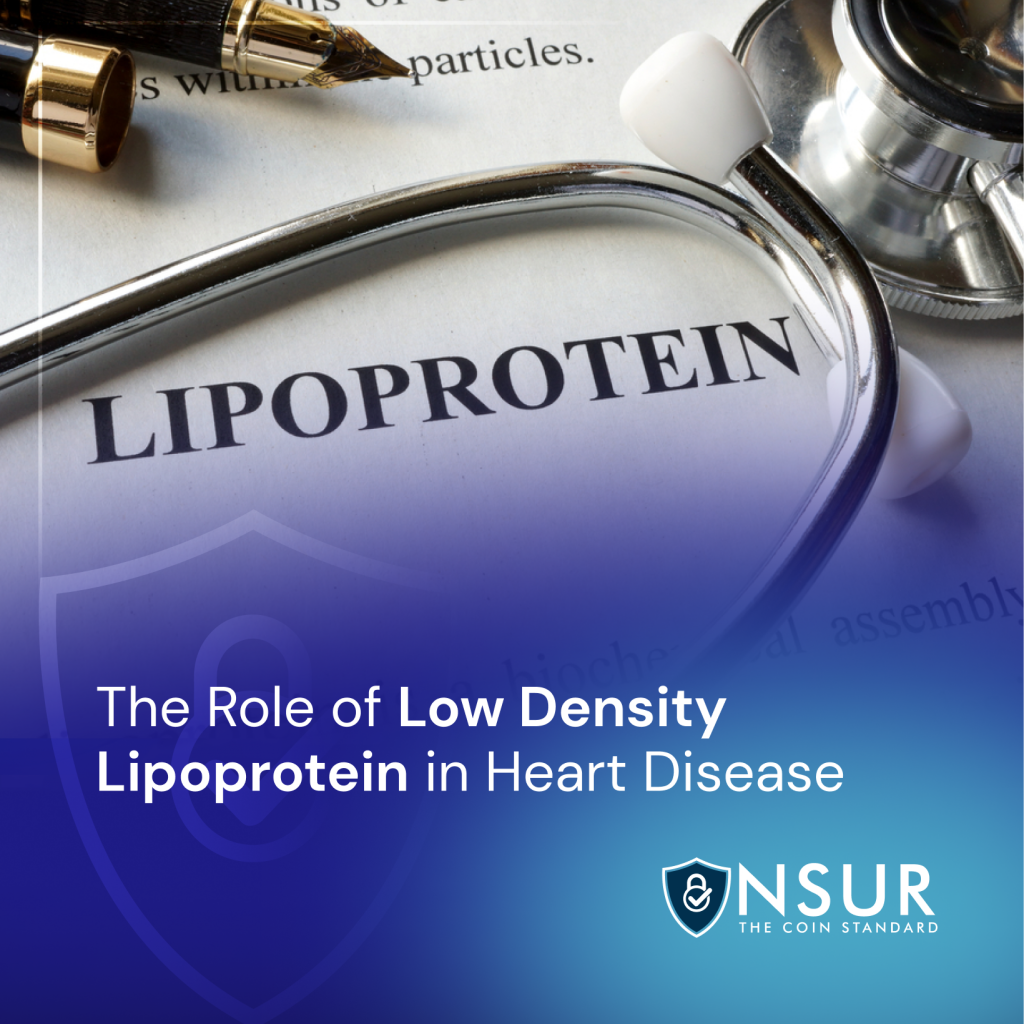
Low Density Lipoprotein, known as bad cholesterol, is the main reason behind the development and progression of atherosclerosis and cardiovascular diseases, according to the European Cardiology Review.
Low Density Lipoprotein or LDL contributes to the accumulation of fatty deposits in the arteries, lowering or obstructing the blood and oxygen supply that the heart requires. This can result in heart attacks and discomfort in the chest in the form of pain.
According to the European Cardiology Review, it has been noticed that lower levels of LDL Cholesterol in men and women can reduce the risk of Cardiovascular Diseases.
Check your blood lipid levels, including LDL
It is recommended for everyone above the age of 20 to regularly check their LDL. A lipoprotein profile is recommended which includes your triglycerides, total cholesterol, LDL cholesterol, high-density lipoprotein (HDL, the “good” cholesterol that may help prevent heart disease), and other types of blood fat.
Note: Before administering these tests you need to fast for a given time period.
Low Density Lipoprotein Goals:
- Less than 70 mg/dL in people with heart disease, blood vessel disease, and other conditions associated with a very high risk of heart disease like those with metabolic syndrome
- Less than 100 mg/dL for those at high risk, for example, some patients who have diabetes or multiple cardiovascular disease risk factors
- 130 mg/dL for people with no pre-existing conditions, as mentioned above
Total Cholesterol Goals:
- Age 20 and younger should have 75-169 mg/dL
- Age 21 and above should have 100-199 mg/dL
High Density Lipoproteins (HDL) Goals:
HDL is also known as Good Cholesterol, so the higher levels present in the body, the better. The minimum level should be 45 mg/dl.
Triglyceride Goals:
Triglyceride should always be less than 150 mg/dl for every individual. If not, then you should seek out a medical professional immediately.
Other Risks Factors For Heart Diseases
The other factors except for LDL, diabetes and atherosclerosis that can lead to deteriorated heart health or increase the risk of cardiovascular diseases are as follows:
- Smoking cigarettes regularly
- High Blood Pressure
- Low HDL Cholesterol
- Family history of coronary heart disease
- Men above the age of 45, or women above the age of 55
Improve Your Cholesterol Levels
Some lifestyle changes can help lower LDC, like the following:
- Reducing saturated fat and cholesterol
- Increasing soluble fiber in your diet
- Reducing weight or managing weight
- Getting more physically active
- Controlling high blood pressure
- Quitting smoking
How can NSUR help with LDL?
NSUR offers a prescription discount card called NSURx to help you save money on your heart disease medications.
Simply present your NSURx card to the pharmacist the next time you fill a prescription for LDL medicines at your local pharmacy, and you could save up to 80% on your prescription costs! Moreover, every time you fill a prescription using NSURx, you will receive NSUR Coin as a reward, which you can use to buy goods and services on our health and wellness shopping platform.
Over 35,000 pharmacies accept NSURx prescriptions, including major chains like Walgreens, CVS, and Walmart and smaller, independent retailers in your neighborhood.
There is no limit on the number of prescriptions you can fill using NSURx or the frequency at which you can fill them. You can even use NSURx to get discounts on other prescriptions for your friends and family (including pets!).
Visit NSURx’s price lookup tool to see how much you can start saving today on your Tresiba prescriptions and to find the nearest pharmacy to you that accepts NSURx, or call +1 (855) 917-6216. Most users have a pharmacy within 2 miles of their home that takes NSURx.
